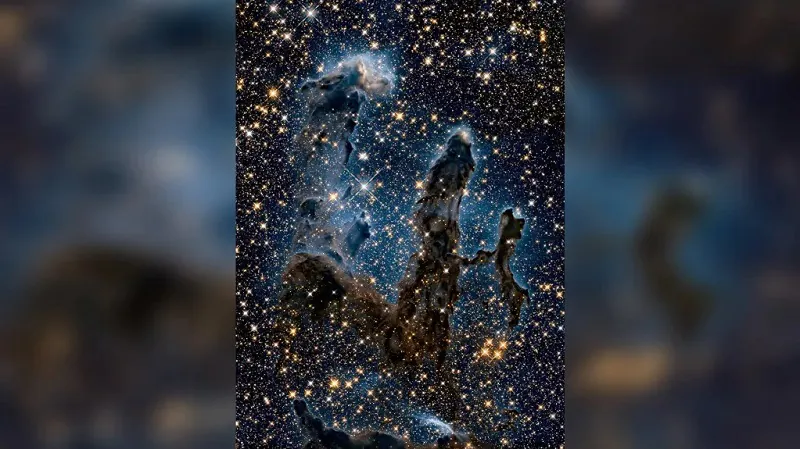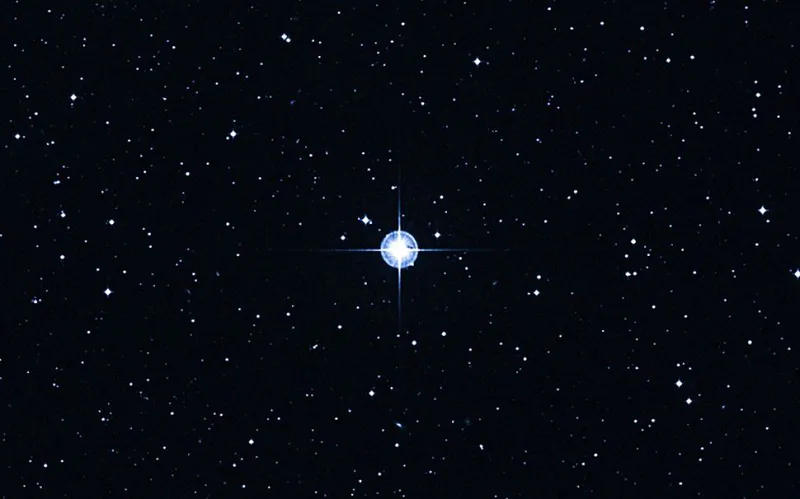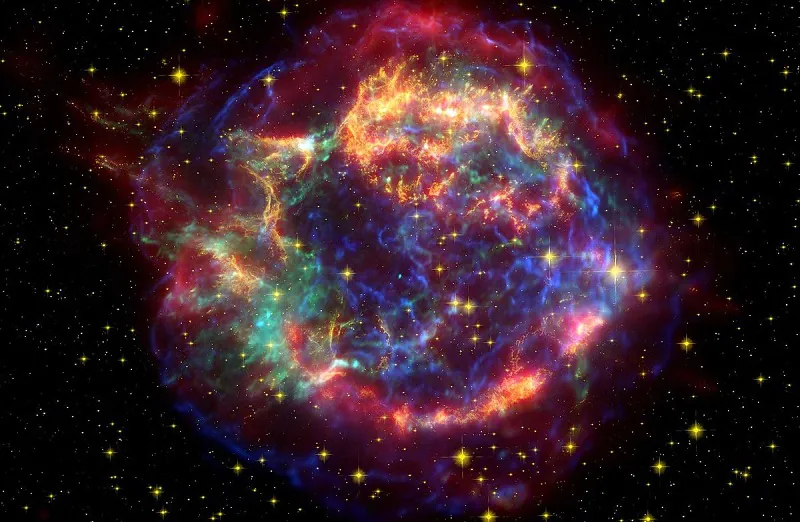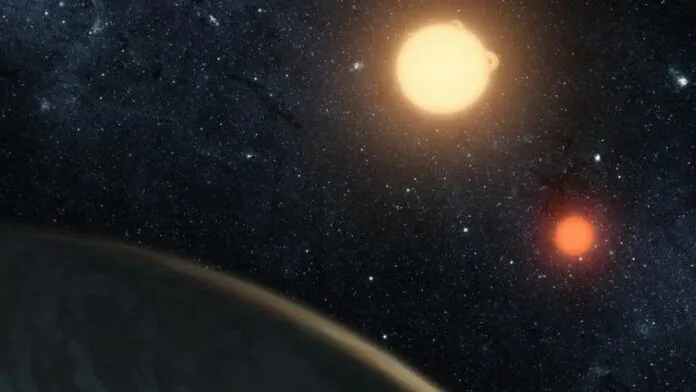© ROOT-NATION.com - Use of content is permitted with a backlink.
The processes of birth and death in the universe are, so to speak, endless. Everything has a beginning and an end. Even stars.
The birth of a star begins in the interstellar cloud. After its inception, the star’s working days begin, in which it exists in a finely balanced state, called hydrostatic equilibrium, in which the gravity that pulls the star is balanced by the shock generated by nuclear reactions in the star’s core. The thermonuclear reaction inside the star is due to hydrogen, which in the process of fusion of nuclei and the release of energy is converted into helium. The energy is released and maintains the shape and brightness of the star’s glow.

Once all the hydrogen has been used up, the star sets out on an irreversible path to its doom. The star will burn helium for a while, and the biggest stars will continue to burn chemical elements up to iron, but this is a short-lived postponement of death. Stars come in different sizes, from 7% of the mass of the Sun to 250% of the mass of the Sun.
So which of them dies faster? Although large stars have a large supply of fuel, gravity pushes material into their nuclei more intensely than in smaller stars, and their nuclear reactions proceed at an increased rate. They burn much stronger and brighter. Therefore, large stars deplete the fuel available to them much faster than smaller stars. The most powerful stars have been living in space for hundreds of millions of years. They live fast and die young.

But small stars, which weigh less than 10% of the solar mass, have much less fuel, less mass, and, as a result, less gravity. Due to all these factors, they can stretch their lives for hundreds of billions of years.
Since the universe was formed only 13.8 billion years ago, the little star simply would not have enough time to reach old age. According to scientists, one of the oldest stars ever discovered is the star of Methuselah. The star, which is 190 light-years from Earth, is named after a biblical character who is believed to have lived for almost a millennium. The current estimate of the age of this star is 13.7 billion years. This means that it was to be formed shortly after the Big Bang.

Astronomers have also discovered stars called protostars, which are still in the process of forming. According to the Max Planck Society, the age of these stars, observed by the Large Millimeter/Submillimeter Atacama Grid (ALMA) in Chile, is less than 500,000 years.
The age of our own Sun is about 4.6 billion years, somewhere between the protostars and the star of Methuselah. Astronomers believe that it is almost halfway through its life. In about 5 billion years, the Sun will stop converting hydrogen to helium in its core. As soon as the solar core runs out of fuel and as a result of gravity, it begins to shrink. Meanwhile, the outer shell of the Sun will expand because it will still have hydrogen for synthesis. The sun will become so large that it will absorb the orbits of Mercury and Venus.

Eventually, the Sun will run out of fuel, its core will be compressed into a ball of carbon and oxygen, called a white dwarf, its outer layers will dissipate and turn into a nebula – the shell of hot residual plasma. And this will be the end of the solar system as we know it.
You can also help Ukraine fight with Russian occupants via Savelife or via an official page of the National Bank of Ukraine.
Read also:
- The new algorithm revealed 104 previously unknown asteroids
- A breakthrough cen help study the origin of life on Earth — and possibly on Mars


